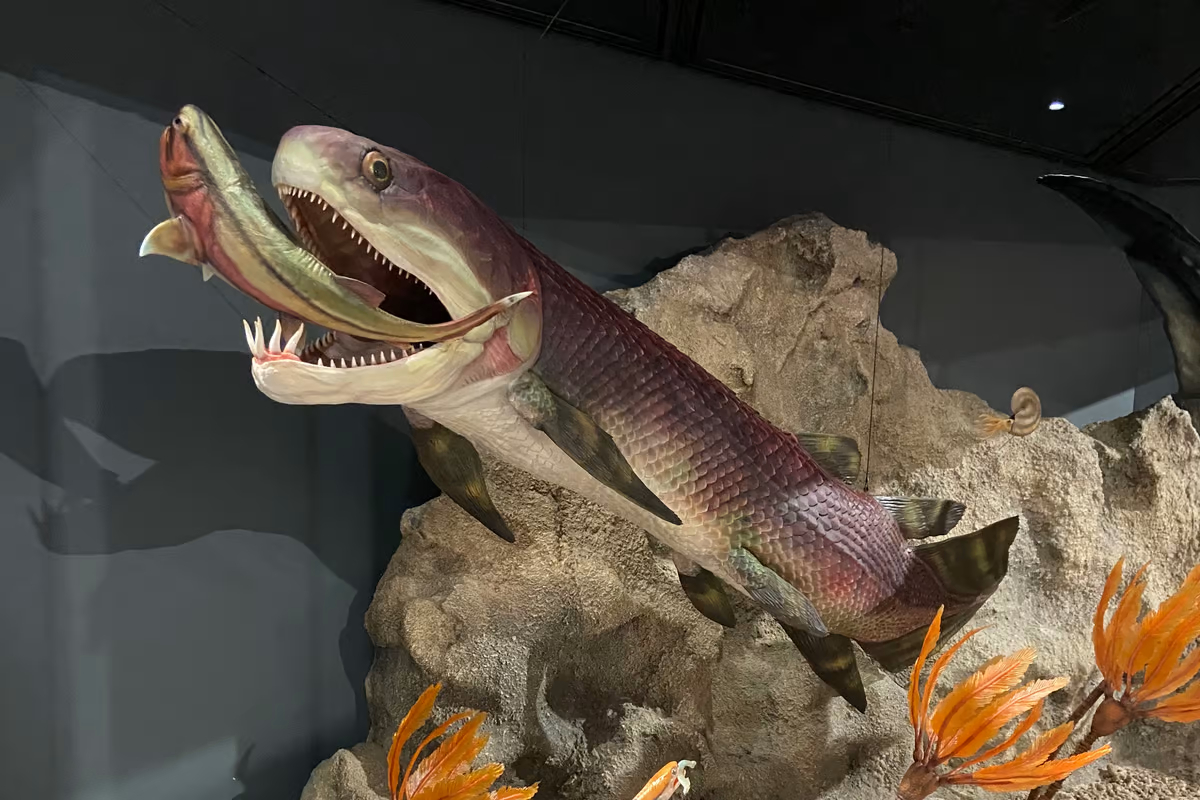09/16/2022 – Unfortunately, soft tissues do not ossify well, which means that specialists looking at antiquity can only deduce the exact structure of an organism, the location of organs, and the anatomy of primitive creatures. Thus, although they have key information for a more comprehensive understanding of evolution, in most cases they can only be guessed based on the bones.
However, a group of researchers hit the jackpot when they found a perfectly preserved and well-studied 380-million-year-old core in the fossilized remains of an ancient coral reef system in the Gogo Formation in northwest Australia last year. The fossil belongs to an ancient type of arthropod, a group of armored fish that inhabited the planet’s oceans during the Devonian geohistoric period of the Paleozoic, about 420 to 360 million years ago.
The organ, preserved in excellent condition, is also a startling find because arthroder was the first vertebrate to evolve a jaw, that is, a heart that allows us to look into the evolution of jawed vertebrates, to which we humans belong.
The core is surrounded by 380-million-year-old limestone
However, JoJo’s Formation has more exciting things in store. The fossils here have been preserved in a very exceptional condition, which show the three-dimensional soft-tissue preservation of such fragile tissues as, for example, nerves or fetuses with umbilical cords. The newly discovered group of arthropod fish is also remarkable because it exists in its original position in three dimensions, meaning that it has not been flattened by heavy rocks over millions of years. In this way, they can also study the heart, stomach, intestines and liver of primitive creatures.
The fish survived in such wonderful condition. The white ring shows the intestinal spiral valves, but the heart is not visible here.
Professor Kate Trungstick, lead researcher on the study, said: “This is the first time we can see all the organs together in a primitive jawfish, and we were particularly surprised that it was not very different from us.” “Evolution is often seen as a series of small steps, but these ancient fossils indicate that there was a big jump between jawless and jawless vertebrates. These fish had hearts in their mouths and under their gills, just like sharks today.”
The samples are still covered in limestone, so the scientists took pictures of them using neutron beams and synchrotron X-rays. Through this, the team was able to see the shape and structure of the organs with unprecedented precision, showing surprisingly advanced anatomy for their age.
The research team also found that the fish had large livers, which may have aided buoyancy, another shark-like trait. However, there was no sign of lungs, indicating that they evolved in later groups and were not as ancient as some suppose.
via – Scienceswikipedia New Atlas, Cnet
And what will man look like after a few hundred or thousands of years?












































